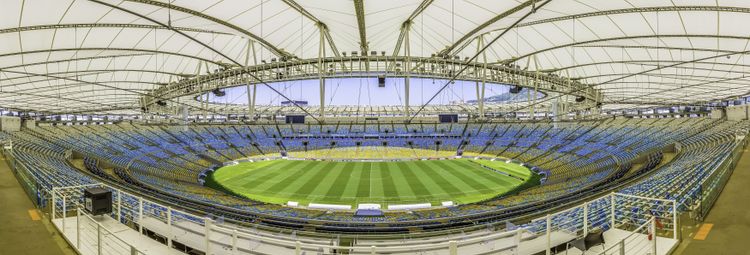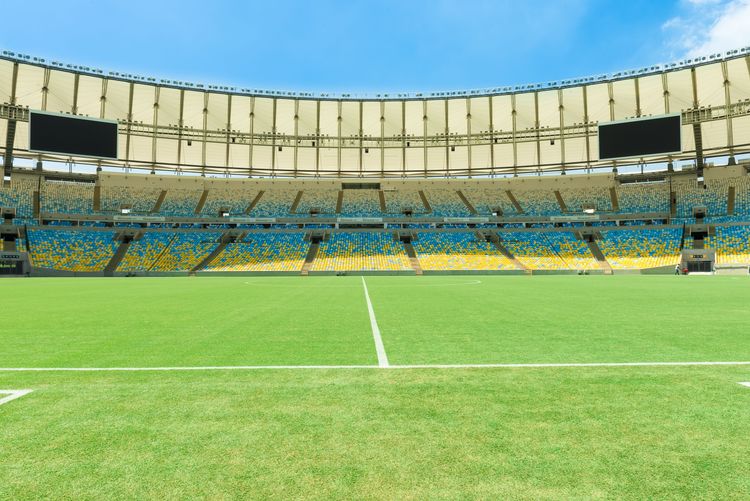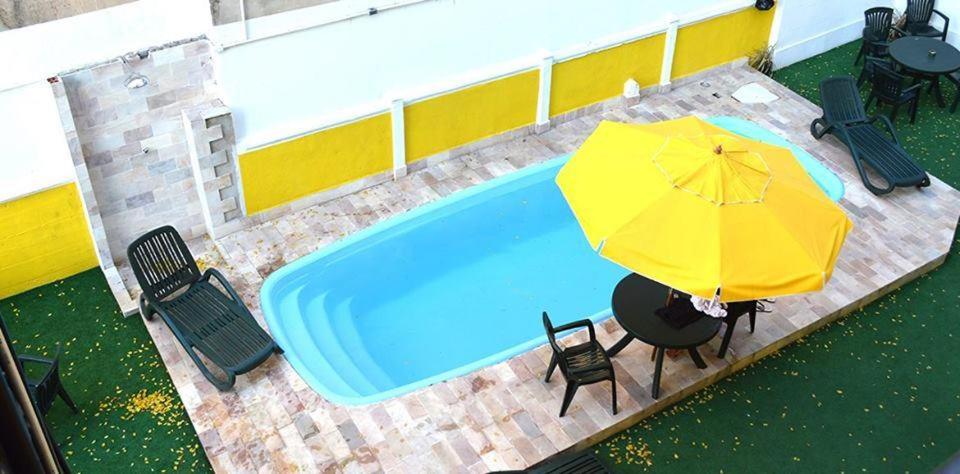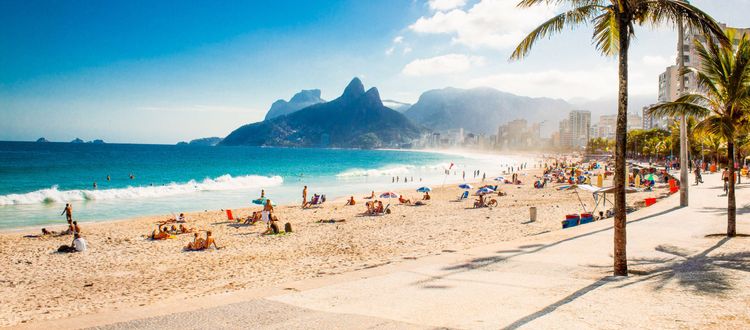Brazil was awarded the World Cup, originally scheduled for 1949 but postponed until 1950. This award was due to the complicated situation in Europe. After the Second World War, most of the stadiums on the old continent had to be rebuilt. Brazil did not have a stadium big enough to host a World Cup final. An agreement was reached between the federal government of Rio and the Ministry of Sport.
The stadium was to be built in the Maracana district, which was more centrally located than the Jacarepagua district. Construction of the stadium began on 20 January 1948, but work did not really start until August of the same year. Despite the tight schedule, the building was finished in time for the start of the 1950 World Cup. The capacity of the newly-built stadium was 183,254 and 220,000 if you count standing room only. The Brazilian monument became the largest stadium in the world, surpassing Glasgow's Hampden Park and its 150,000 seats. In 1966, the stadium was named Mario Filho after the sports journalist who was instrumental in its construction.










